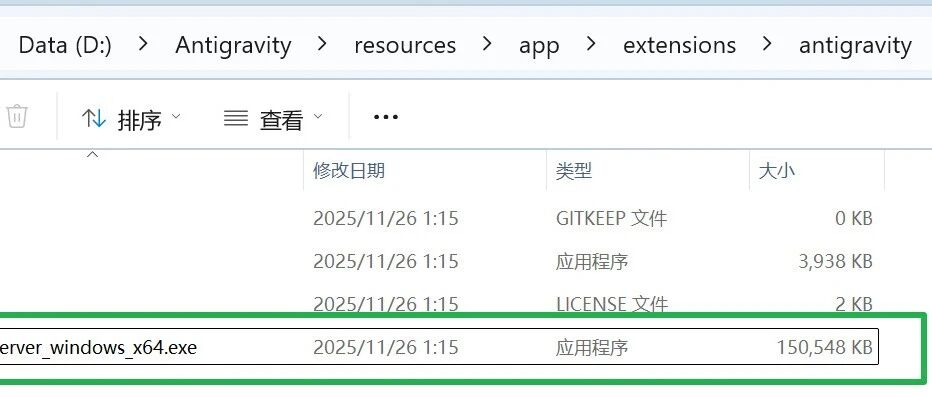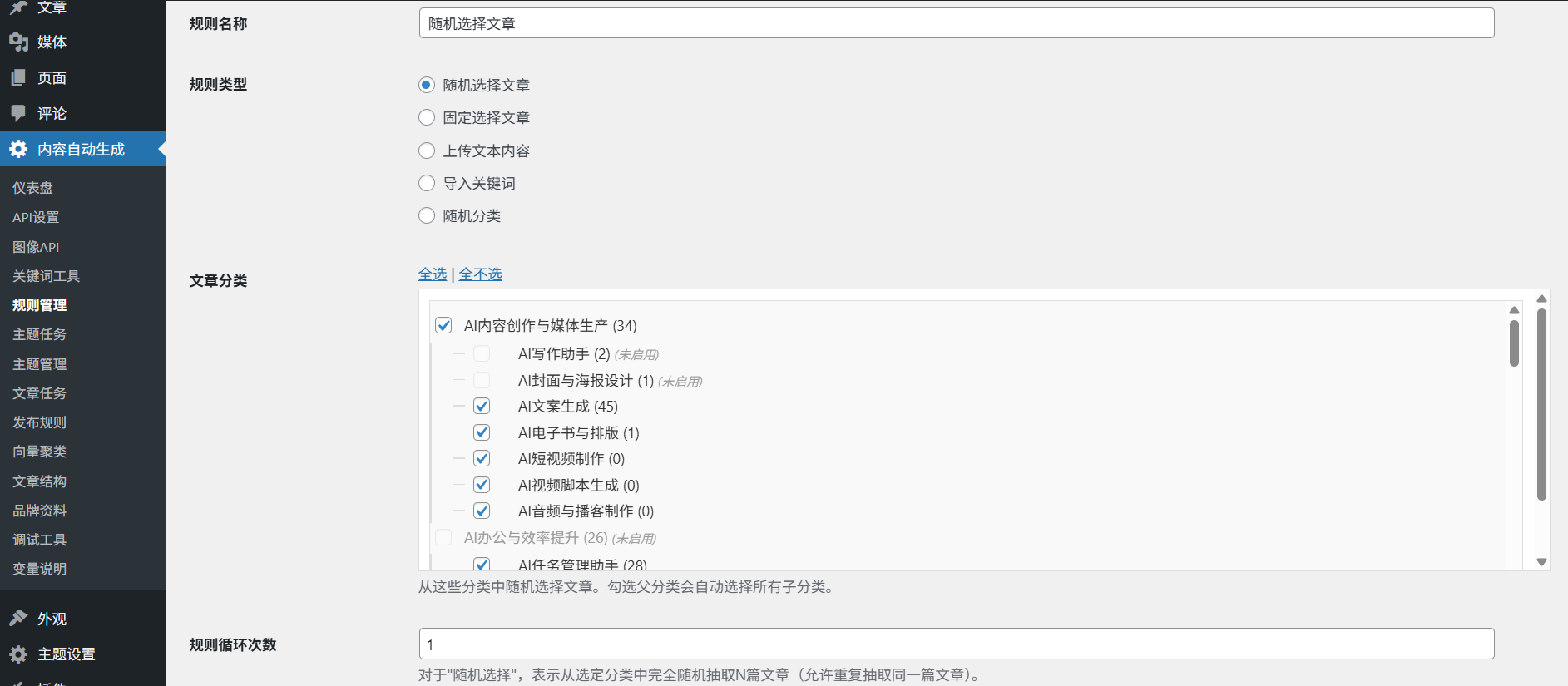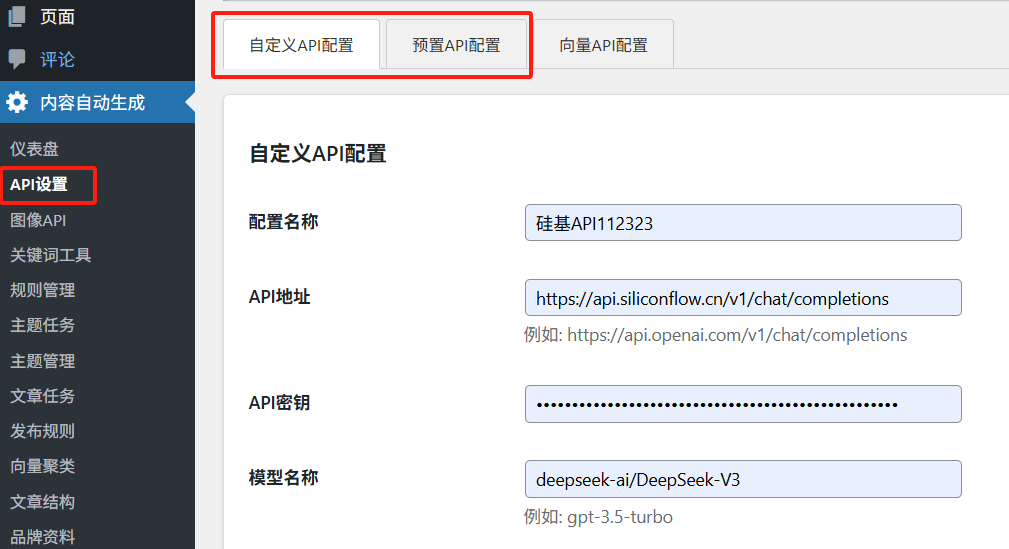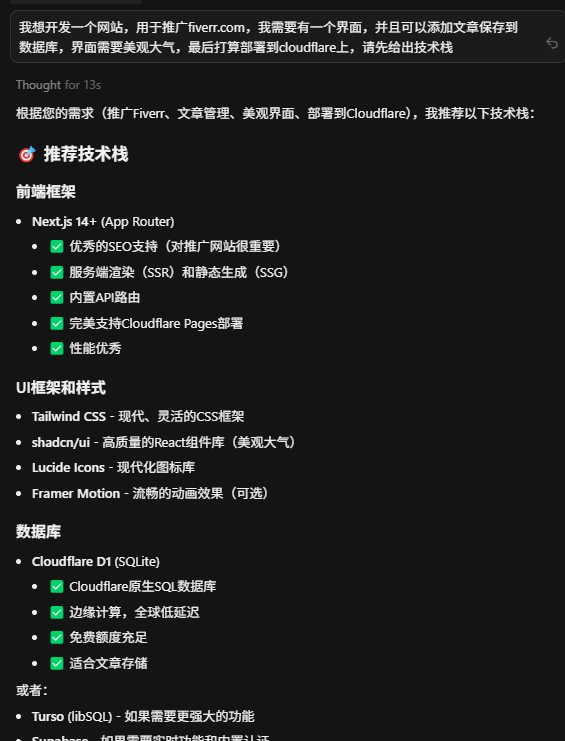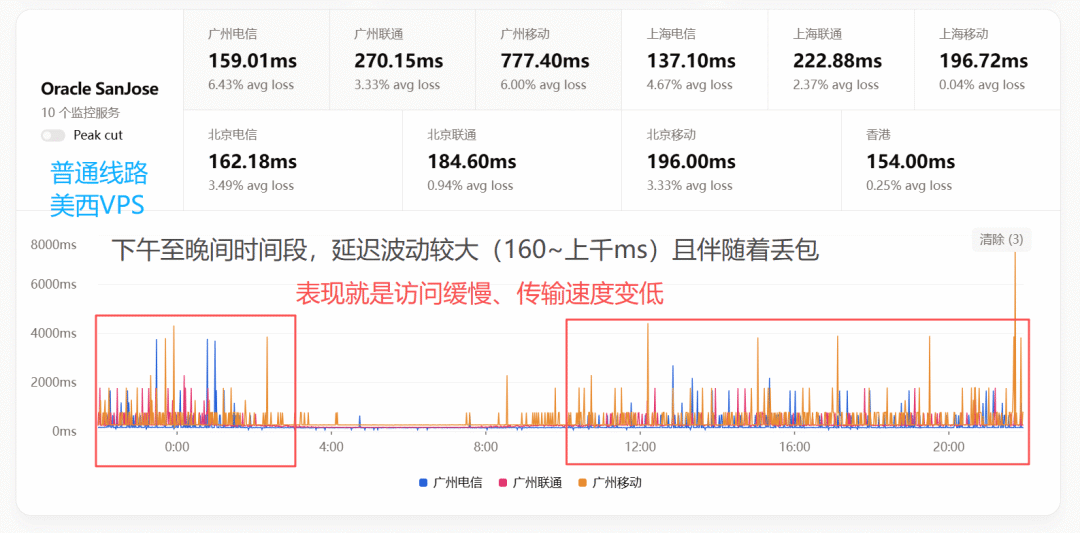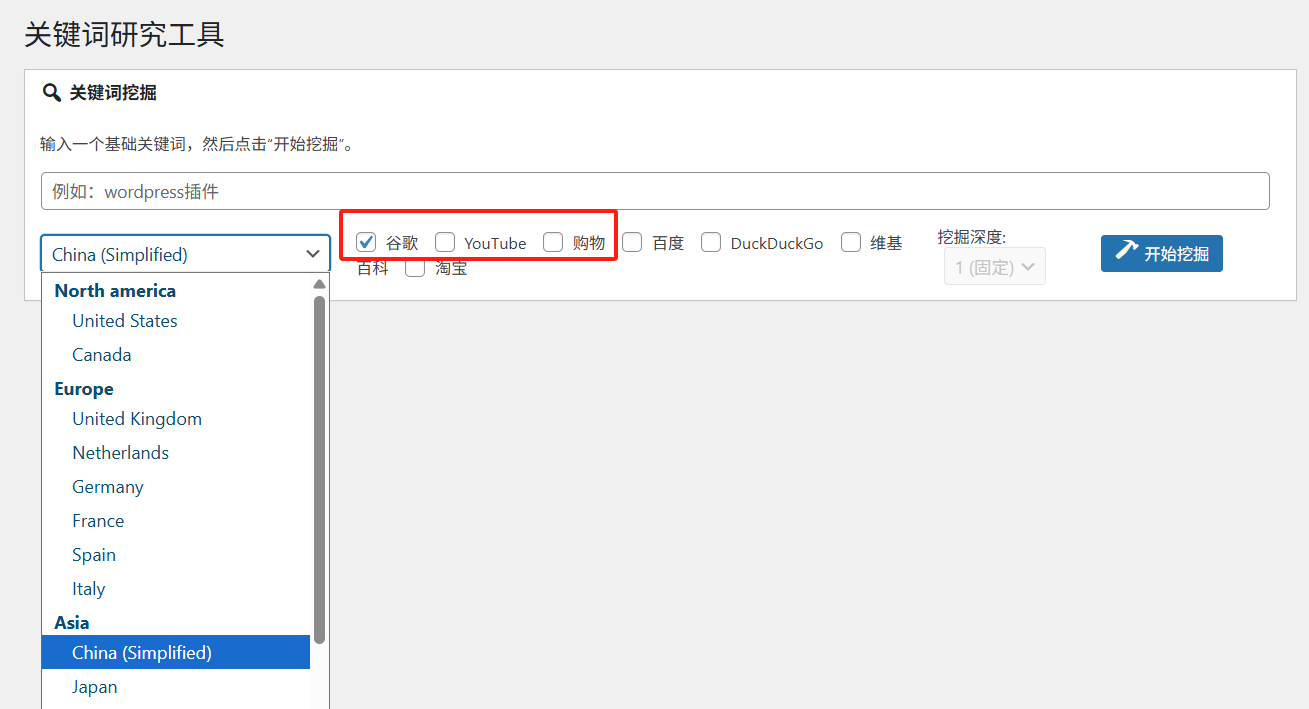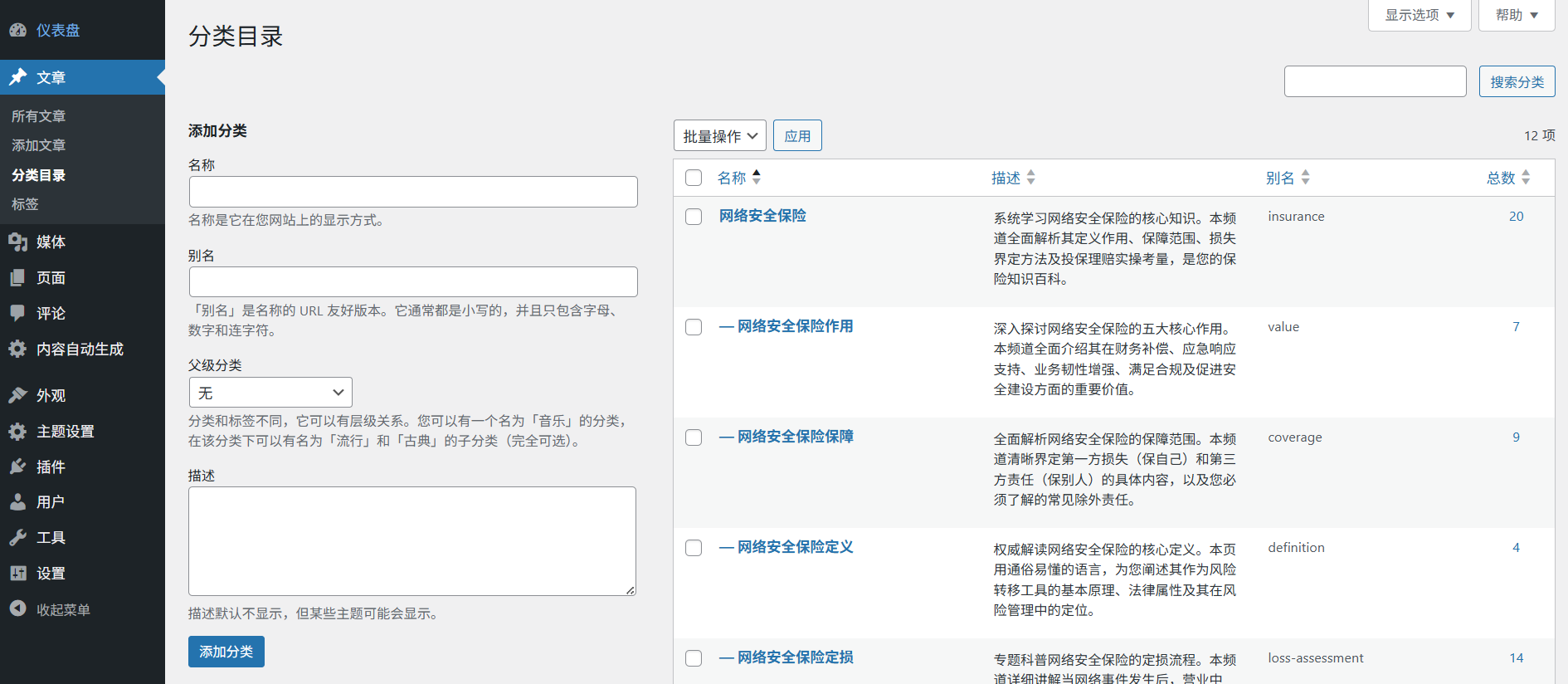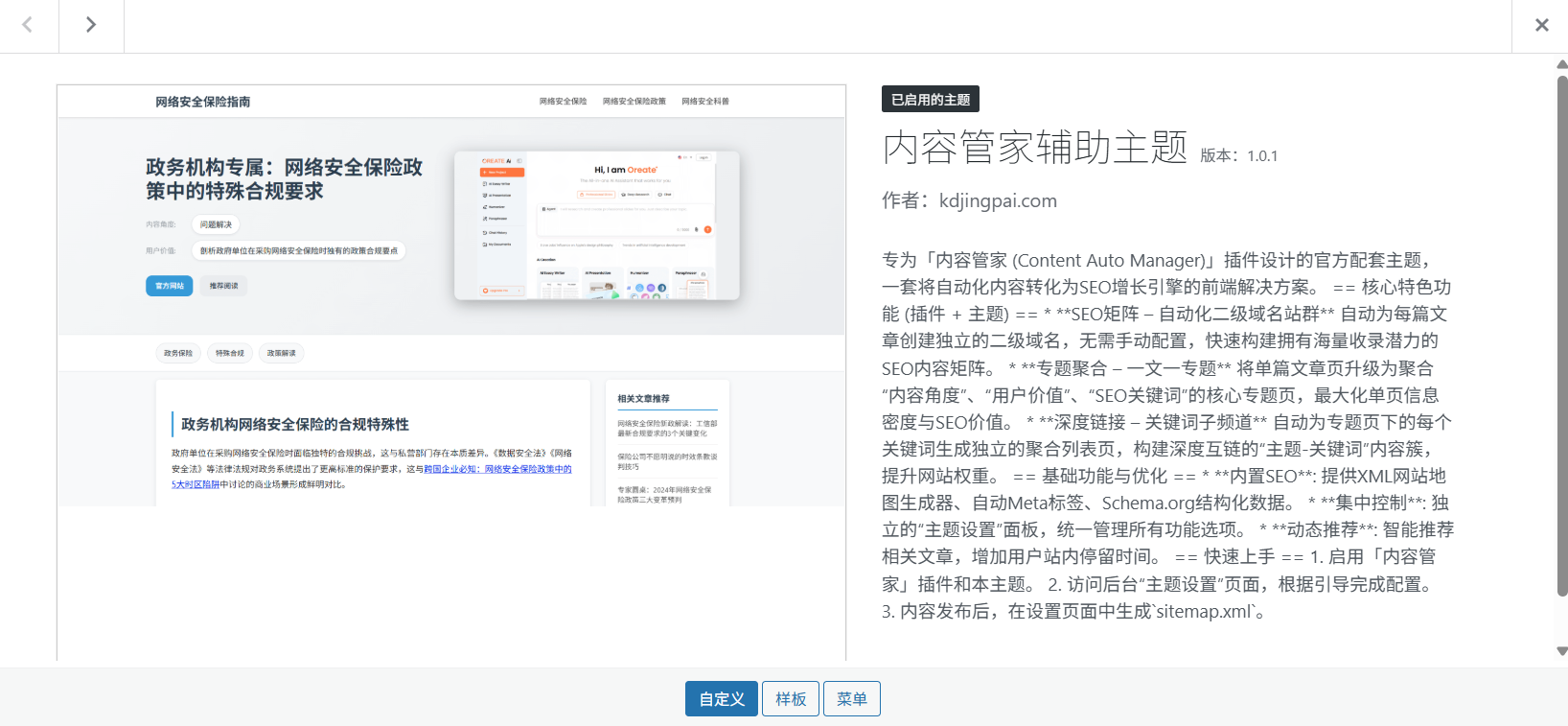Pipedream MCP Pipedream is an open source automation tool whose core function is to connect AI assistants to over 2,700 applications and APIs via the Model Context Protocol (MCP), which enables developers to quickly build automated workflows that work out-of-the-box in production environments. Users can use MCP servers hosted by Pipedream directly or deploy servers in their own applications. The platform offers more than 10,000 pre-built tools across services such as Slack, GitHub, Google Sheets, and more, simplifying API integration and authentication management.Pipedream MCP supports dynamic tool discovery, allowing tools to be loaded in real-time based on user demand. It also provides secure OAuth authentication and credential storage for developers to build efficient AI-driven applications. The code is hosted on GitHub and developers are free to explore and customize.

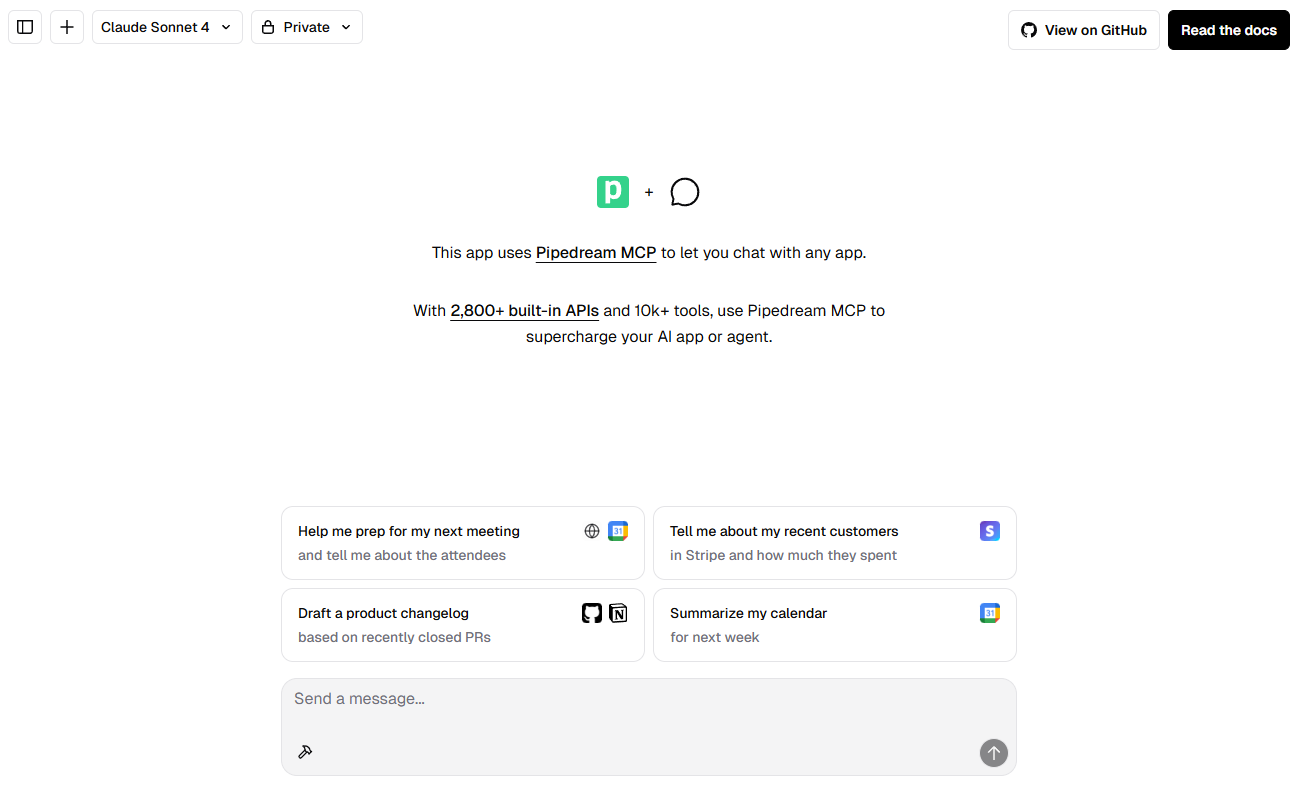
Function List
- Connect to over 2700 apps and APIs with support for Slack, GitHub, Notion, and more.
- More than 10,000 pre-built tools covering messaging, data handling, code deployment and more.
- Supports dynamic tool discovery, automatically loading required tools based on user commands.
- Integration with Pipedream Connect API to manage OAuth authentication and API requests.
- Supports the deployment of MCP servers locally or in the cloud, flexibly adapting to the needs of developers.
- Provides SSE (Server-Sent Events) and HTTP transfer methods to simplify tool invocation.
- Allows you to run Node.js, Python, Golang and Bash code for customized logic.
- Supports sub-agent mode to simplify complex tool configuration and automatically handle dynamic properties.
Using Help
Installation and Deployment
Pipedream MCP is installed and deployed in two ways: using a server hosted by Pipedream or building your own server locally/in the cloud. Below are the detailed steps:
Using Managed Servers
- interviews
https://mcp.pipedream.comIt can be used without additional installation. - Create a Pipedream project:
- Login to the Pipedream website and click "Create Project" to generate a project.
- gain
PIPEDREAM_CLIENT_ID,PIPEDREAM_CLIENT_SECRETcap (a poem)PIPEDREAM_PROJECT_IDThe
- Use the MCP Inspector test tool:
- Open MCP Inspector and enter the project credentials.
- Click on "List Tools" to see the list of available tools.
- Connecting Applications:
- In the server path
/external_user_id/app(e.g./123/slack), enter a user ID and an application name (such as Slack). - The server returns the connection URL and the user can invoke the tool after completing OAuth authentication.
- In the server path
Build Your Own Server
- Cloning the code base:
git clone https://github.com/PipedreamHQ/pipedream cd pipedream/modelcontextprotocol
- Install the dependencies:
pnpm install - Configure environment variables:
- make a copy of
.env.examplefile is.envThe - exist
.envFill in thePIPEDREAM_CLIENT_ID,PIPEDREAM_CLIENT_SECRETcap (a poem)PIPEDREAM_PROJECT_IDThe - Optional: Setting
PD_SDK_DEBUG=truePrints the API request and response logs.
- make a copy of
- Start the server:
pnpm dev:httpThe server will be in the
http://localhost:3010/:external_user_id/:appRunning. - Deploy with Docker (optional):
docker build -t pipedream-connect . docker run -d --name pd-mcp -p 3010:3010 --env-file .env pipedream-connect:latest
Functional operation flow
Connecting APIs and Tool Calls
At the heart of Pipedream MCP is connecting AI assistants to external APIs. here's how it works:
- Select Application: in
mcp.pipedream.comor in a self-built server, specify the target application (e.g., theslack,github). - authentication account: Complete OAuth authentication via the URL provided by the server to bind the user account.
- invocation tool: Use the command invocation tool. For example, to send a Slack message:
- Enter the command:
Send a message to #general channel in SlackThe - The server automatically parses the command to call the Slack API's
chat.postMessageTools.
- Enter the command:
- Dynamic tool discoveryFor example, when querying a GitHub repository, the server automatically provides a new tool for you to use. For example, when querying a GitHub repository, the server automatically provides the
search_reposTools.
subagent model
The subagent model simplifies the configuration of complex tools:
- The tool is entered as a single command, such as
instruction: Add a row to Google Sheets with data: name=John, age=30The - The MCP server invokes internal LLM processing commands to automatically configure parameters and execute them.
- Users do not need to set dynamic properties manually, which is suitable for rapid development.
Custom Code
Developers can run custom code:
- Add code steps to the Pipedream workflow.
- Support for Node.js, Python, Golang or Bash. e.g. Node.js code:
const slack = require('@pipedreamhq/slack'); await slack.sendMessage({ channel: '#general', text: 'Hello from MCP!' }); - Save and run the workflow and the code will be executed through the MCP server.
Debugging and Monitoring
- utilization
PD_SDK_DEBUG=trueView the API request log. - Check the status of tool calls with MCP Inspector to ensure correct execution.
- interviews
chat.pipedream.comView a sample application in a production environment.
caveat
- Ensure that environment variables are stored securely to avoid compromising API credentials.
- Self-built servers are required to implement OAuth authentication to protect user data.
- Hosted servers are free, but sub-agent mode may incur LLM fees (free in beta).
application scenario
- Productivity automation
- Developers connect Google Calendar and Gmail through MCP to automatically schedule meetings and send notification emails. For example, AI Assistant creates meetings based on calendar availability and notifies attendees via Gmail.
- data analysis
- Data analysts use MCP to connect to Google Sheets to automatically query and update form data. For example, AI Assistant extracts sales data, generates a report, and stores it in a specified table.
- Customer Support
- Organizations connect Slack and CRM systems through MCP to automatically respond to customer inquiries and update CRM records. For example, AI assistants answer common questions in Slack and log new tickets to HubSpot.
- Developer Workflow
- Developers use MCP to connect to GitHub and automatically create issues or review code. For example, AI Assistant generates a GitHub Issue based on commit information or runs a code review tool.
QA
- Is Pipedream MCP free?
- MCP servers hosted by Pipedream are free for individual developers, but usage restrictions apply. There is no cost for self-hosted servers, but you are responsible for your own hosting costs.
- How do I add a new tool?
- Publish custom tools in the Pipedream workspace, upload them to the public registry. The server loads the new tool automatically, or through dynamic discovery.
- What programming languages are supported?
- Support for Node.js, Python, Golang and Bash, with the ability to import packages for the appropriate language to meet customization needs.
- How is user data protected?
- Pipedream MCP uses isolated credential storage and OAuth authentication to secure user data. Self-built servers are required to implement OAuth on their own.



















